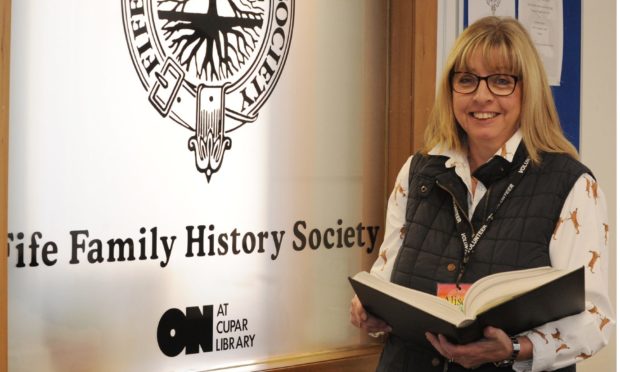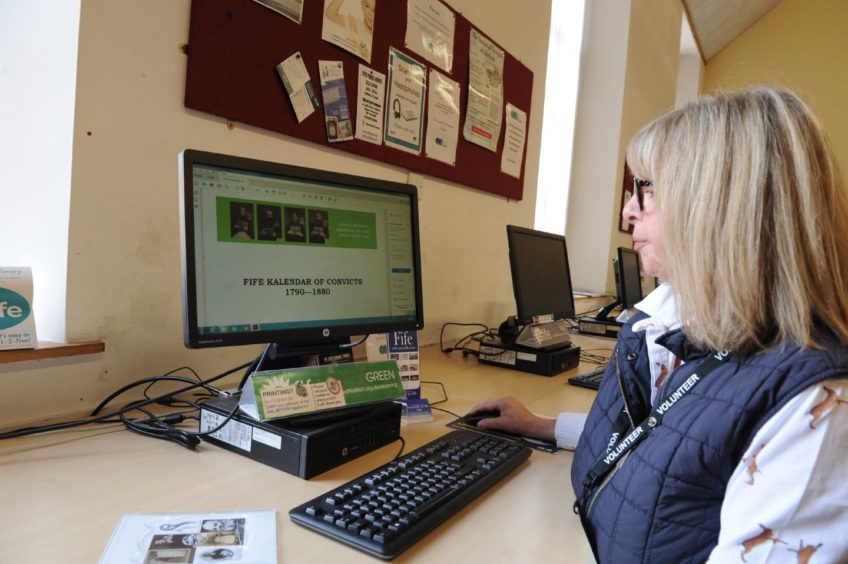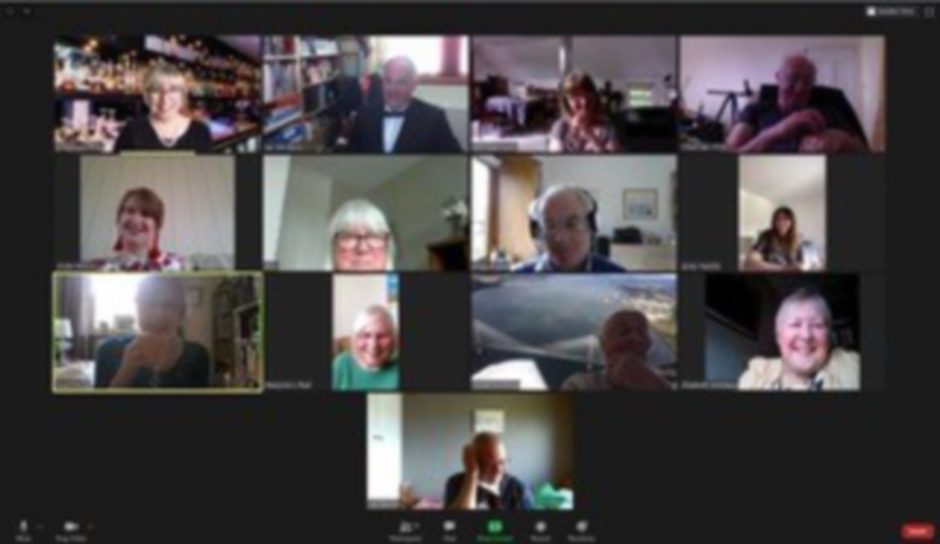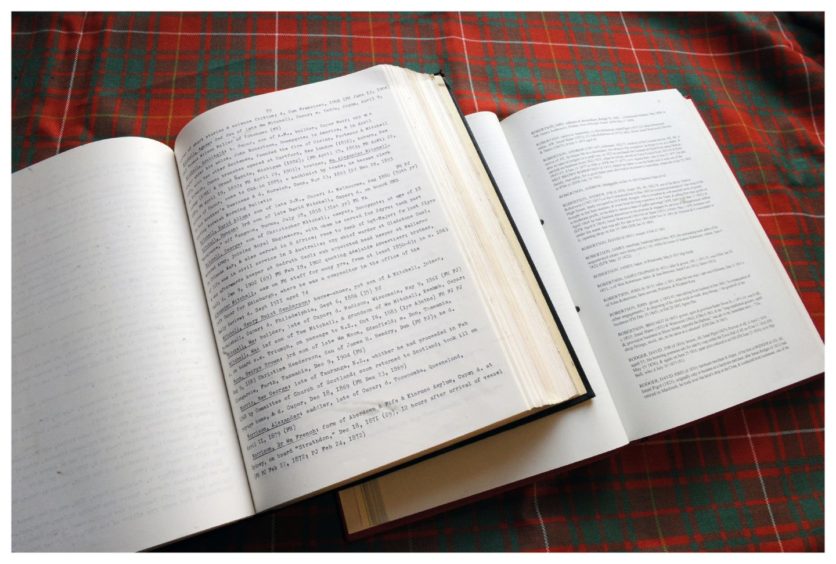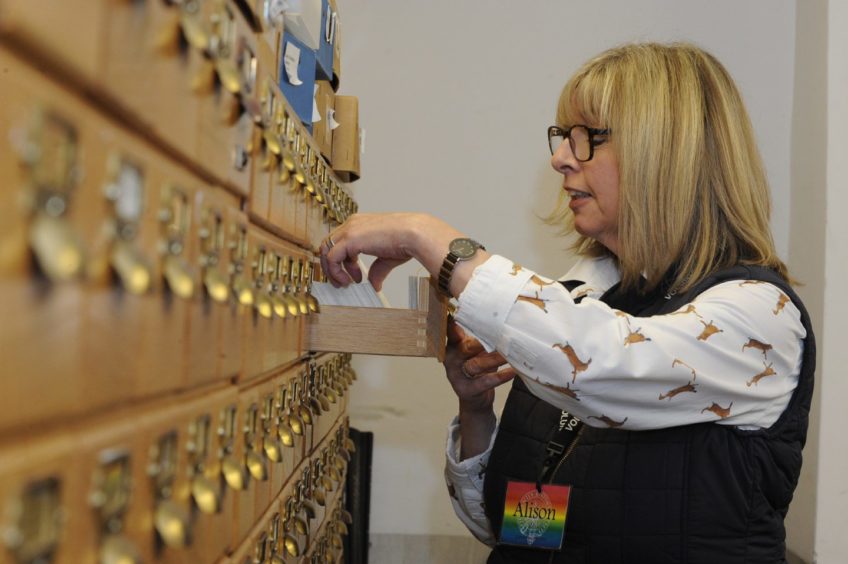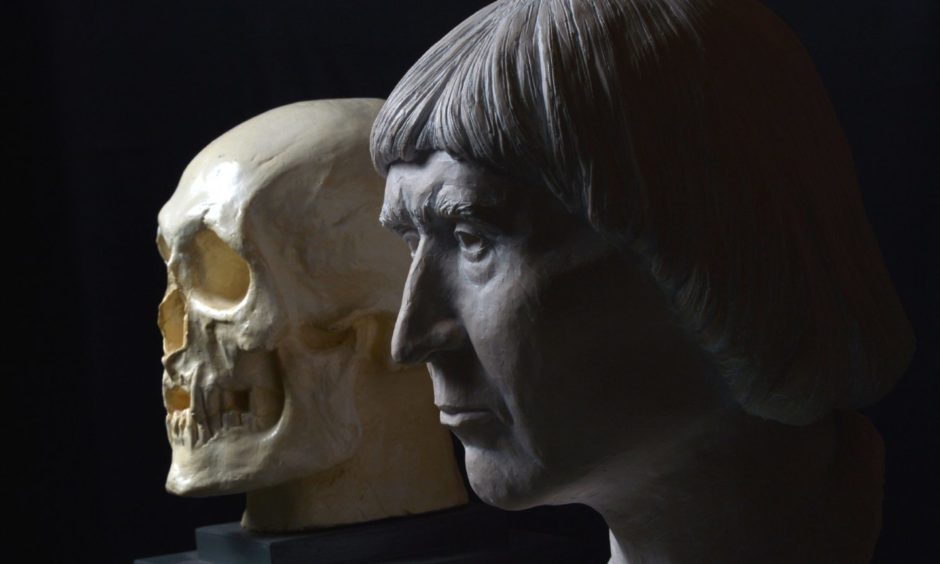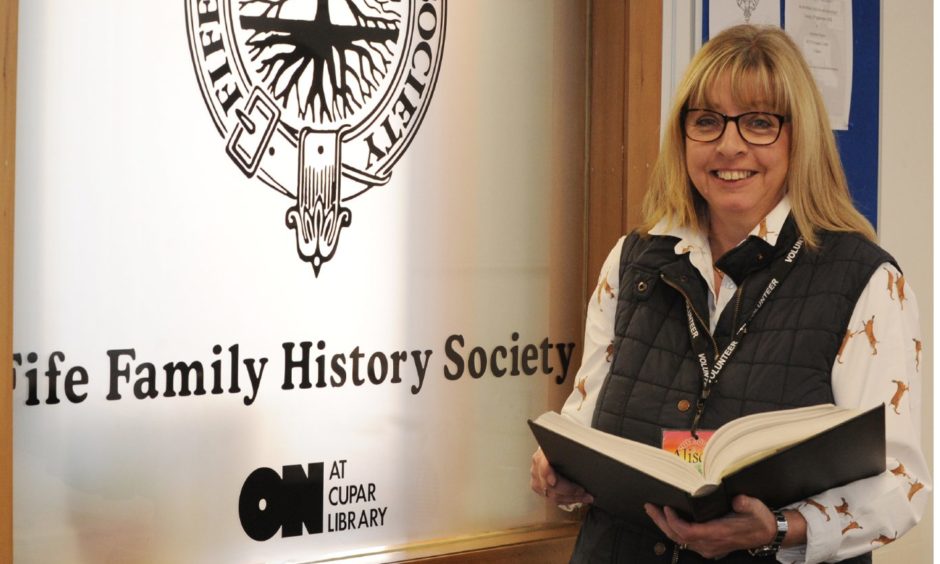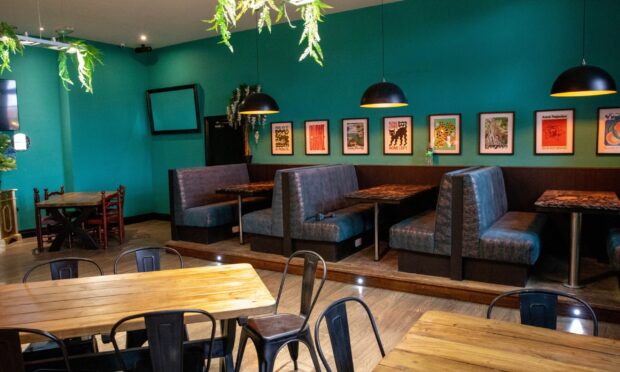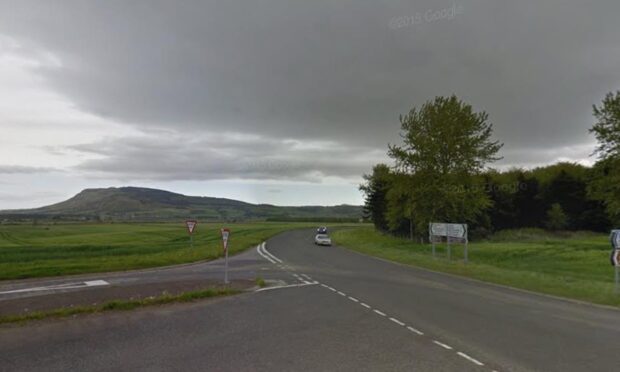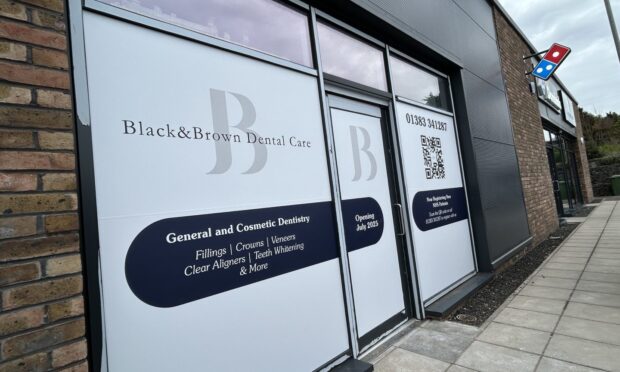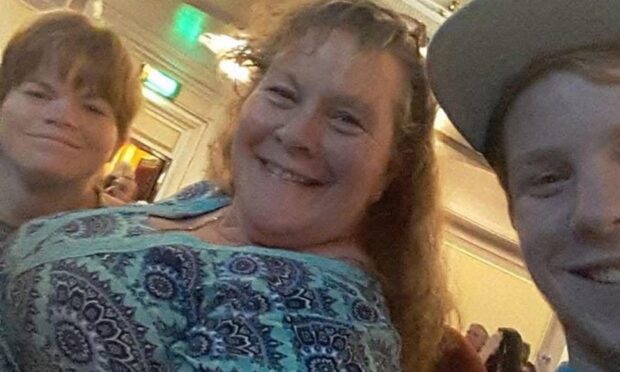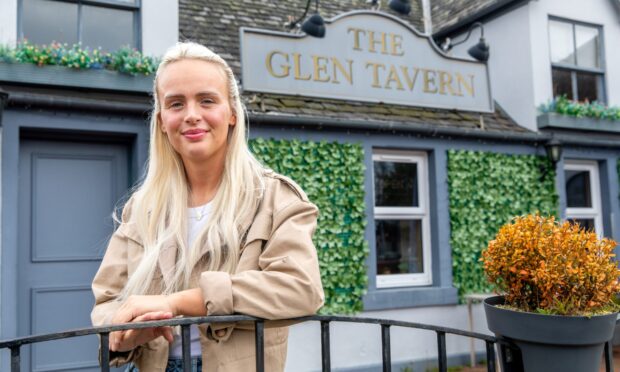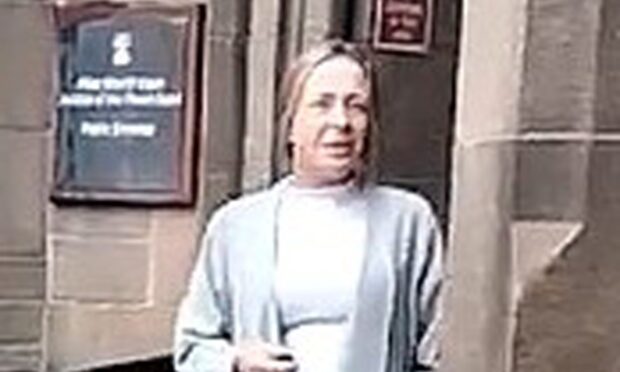Michael Alexander hears how the Fife Family History Society has seen a spike in worldwide genealogical interest after moving online because of Covid and why technology will remain an important part of its future.
When a national TV news broadcaster recently contacted the chairman of the Scottish Association of Family History Societies, some expected a “doom and gloom tale” that would focus on how ancestral tourism had been decimated by Covid with museums having to shut and research being made impossible.
But instead of the story turning into a “tale of woe”, it was suggested they should speak to Ali Murray, the chairperson of the Fife Family History Society, which has seen a 50% rise in online inquiries and 22% rise in membership since the first Covid lockdown began.
Before Covid, Fife Family History Society volunteers met in Cupar Library three times a week, received email inquiries from around the world and could have up to 80 visitors a month walking in off the street.
But despite no face-to-face meetings taking place since March 13 last year, the foresight of the society to continue meeting online and to digitise a huge part of their archive means that people from across the globe using lockdown to pursue genealogy have had access to ample resource.
“Interest in the society has mushroomed since Covid,” says Ali, who says they are “bucking the trend” of similar groups which shut down elsewhere.
“Our membership was worldwide anyway, but we’ve had a 22% rise in memberships since lockdown and now have 750 members.
“Previously in the library we would unexpectedly find we could get an Australian person walking in off the street to make an inquiry. They’d be blown away with what we could do to help them.
“Because we’ve modernised quite a bit of the society over the last 2.5 years and because our website has been improved, interest during lockdown has soared.”
Formed in 1989, Fife Family History Society is run by volunteers to unite people with an interest in the research of their Fife ancestors.
Who Do You Think You Are?
The society, which has seen a surge in popularity in recent years due to programmes like Who Do You Think You Are? – is often contacted by people who have got “stuck” with their own research.
The society helps point them in the right direction. However, some get frustrated when they are told records simply do not exist.
Having never heard of Zoom until a year ago, the volunteers initially embarked upon 22 consecutive Saturday social Zooms.
They had a bit of fun getting to know each other better than they probably would have done face-to-face.
“We asked them to send in a baby picture, I put them in a folder, shared the screen, and they had to guess who the baby was,” says Ali.
“We did a ‘who lives in a house like this?’ They were asked to take a photo of the inside and outside of their house with some subtle clues – and everyone else had to guess who the house belonged to.
“We also did a ‘guess the chef’ when people had to send us a photo of their culinary skills!”
Most gratifying, however, has been the ability to keep helping people with genealogical queries from around the world.
Pre-1855 death index
Their website now includes the death index which includes 250,000 pre-1855 deaths recorded in Fife. As well as burials it includes obituaries and monumental inscriptions.
Ali says it’s a “fantastic tool” because prior to 1855, there was no statutory requirement to register any birth, marriage or death in Scotland.
Prior to that it was all about kirk session church records although gaps can exist if books “got lost or they disappeared in flood or fire”.
“I think in 1855 when they brought out the new regulation, it made our lives as historians and genealogists a lot easier because the Scottish records are really comprehensive,” she says.
“To get these digitised and available online was a fantastic thing to do. We recognised that to have records online was really quite vital.”
The first publications to be digitised were pre-1855 baptisms with 26 out of 52 booklets digitised just before the first lockdown, Ali explains.
“It means anyone looking on our website can see them in our shop,” she says.
“They can pay and digitally download them. They get that instantly. This means we’ve actually been quite busy – not that we were expecting Covid – but we are actually benefitting from it.”
Variety of inquiries – from funny to sad
As a charity, the role of Fife Family History Society is to provide people with resources to help them, and to introduce them to like-minded people.
To date, during lockdown, they’ve been able to answer 100% of queries. Some stories over the years have been funny.
“Someone once came in and said ‘I’m related to the King of Ireland can you tell me how?’” she laughs.
“And everyone wants to be related to Robert the Bruce! You get a giggle as well. It’s not all serious stuff.”
But other stories can pull at the heart strings or have been downright sad.
Ali recently researched the first captain of the Cutty Sark George Moodie who was born in Wemyss and researched the Second World War sea mine which was heading to the shore at Wemyss – blowing up those who tried to stop it blowing up the village.
“In fact today on Facebook Messenger,” she says, “it was a case of a wee girl who had been left in the house while her mother went out to get coal in the yard and the poor girl had been trying to reach for something on the fireplace and her clothing had gone up.
“I think she was five. The poor child lingered until after midnight.
“When you are reading stuff like that – a newspaper report – you can’t help but think about your own children. You can be transported right back when reading old archives.”
Obsession
Ali’s own “obsession” with genealogy began when she learned things about her own family that she could never have imagined. When her mother died in 1996 she started to think ‘where am I from’?
Some years later, when her four children were older, research revealed that both her mother and father’s family had Dunfermline and Lochgelly links dating back to the mid-1800s – and she also uncovered a “terrible secret” about her family’s past.
She discovered that her great great grandfather was a Dunfermline weaver called Horatio Walker – he’s on the Fife Kalendar of Convicts that the society created comprising 28,000 entries in Fife between 1790 and 1880 – and he spent some time in Kirkcaldy jail around 1837.
According to his precognition, he had been drinking with a pal and was sauntering along Dunfermline High Street. A recruitment officer for the army promised them ale. There was an argument. Horatio found a blunt object. A melee followed and blood was drawn when he attacked the recruitment officer. He was jailed for six months.
With Cupar being the Fife centre for hangings back in the day, there is much mention of brutal crimes.
Records also throw up a lot of information about social history and the realisation that poverty, alcohol, drugs and violence often underpinned as many crimes as they do today.
In Cupar, for example, she found out about a woman Agnes Laing in Ladywynd who was tried for the murder of her daughter and found not guilty due to insanity in 1872.
She was begging for drink round the doors the night before the morning she went out and tried again.
She went home, walked in with an open razor, and slit her six-year-old daughter’s throat and killed her. She spent time in the lunacy department of Perth Prison.
“You can search by name or parish,” adds Ali.
“I once put in ‘umbrella’ and up came several cases. They had been stolen or used as weapons. There was another case where an apprentice tailor nicked a specially made pair of trousers and took them up to Dundee and put them in a pawn shop.”
‘Bucking the trend’
Ali thinks it’s “sad” so many history societies completely closed their doors during Covid instead of continuing online.
As to the future, however, while the Fife society is looking forward to one day being able to meet up in person again, she thinks technology will continue to be important – especially as Zoom is cheaper than room hire.
“We are all very comfortable with the tech,” she says.
“Meetings are much slicker. We’ll probably in the future despite getting back to normal at some point continue with our Zoom meetings.
“In the early days we had technical things to overcome. We had early meetings holding up bits of paper saying ‘turn your microphone on’!
“A lot of our volunteers are mainly retired so they’ve on a steep learning curve. But they’ve stuck with it!”
